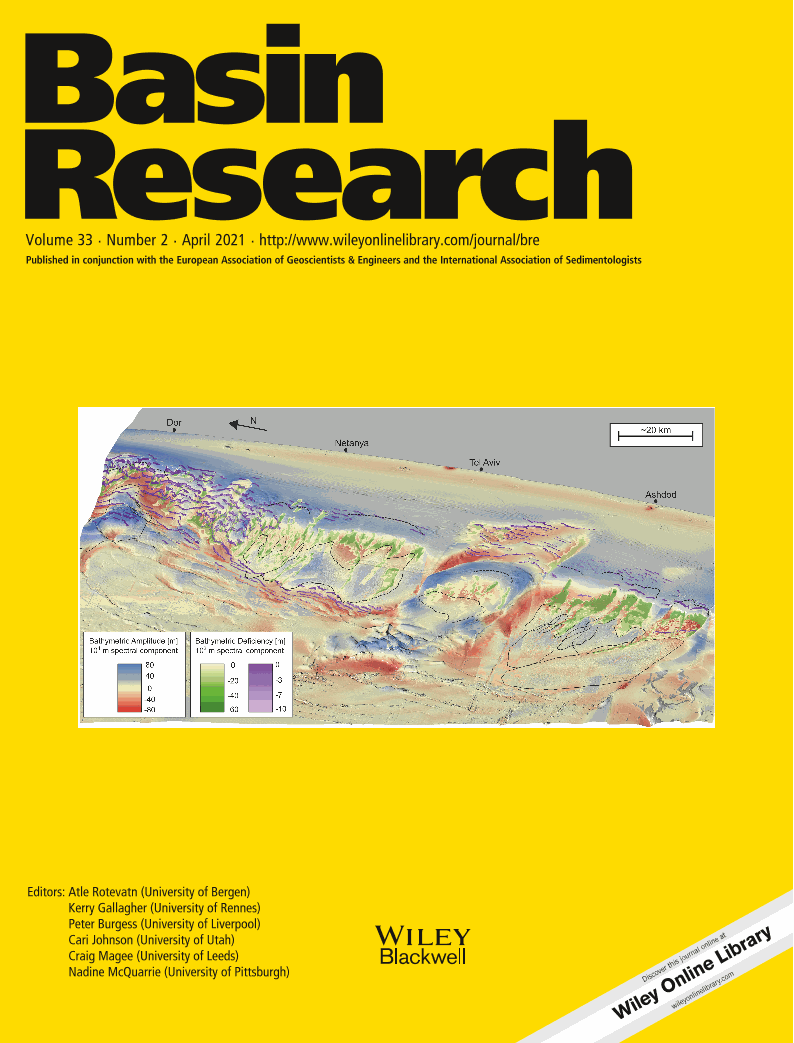
Full text loading...
 , Ståle Emil Johansen1
, Ståle Emil Johansen1 , Christine Batchelor1
, Christine Batchelor1 , Kamaldeen Olakunle Omosanya1
, Kamaldeen Olakunle Omosanya1 , Ludovico Ottaviani2
, Ludovico Ottaviani2
3D spatial and temporal depositional model of the study area
The glacimarine shelf‐edge is a complex depositional environment in which the interplay between accommodation and glaciation has played an important role in influencing sediment deposition and margin architecture. It can be challenging to unravel the history of basin infill in these areas, particularly where landforms are deeply buried. This study presents an integrated workflow for deciphering the architecture and evolution of erosional and depositional elements in a crucial location of the south‐western Barents Sea margin, with a focus on the comparatively poorly understood processes and patterns of glacimarine sedimentation that occurred during the Pliocene and Early Pleistocene. Wellbore interpretations of lithology are combined with the analysis of seismic facies, geomorphology and attributes using merged 3D seismic reflection data to investigate the morphology and development of buried landforms and depositional features on the outer‐shelf, shelf edge and upper‐slope. The Pliocene (preglacial) slope system is dominated by upper‐slope channels, upper‐slope channels with associated sediment lobes, and mass‐transport deposits. The first appearance of mega‐scale glacial lineations in the study area is close to the onset of the Pleistocene (around 2.58 Ma), suggesting that an ice stream reached the palaeo‐shelf edge during the earliest Pleistocene. The prevalence of upper‐slope channels and mass‐transport deposits throughout the Pleistocene stratigraphy shows that the basinwards transfer of sediment took place mainly by evacuation of sediment through relatively linear channels combined with mass‐movement events. The results presented in this study have implications for understanding the glacial history of the south‐western Barents Sea and sedimentary processes on glacimarine shelf edges more generally.
]
Article metrics loading...

Full text loading...
References


Data & Media loading...

